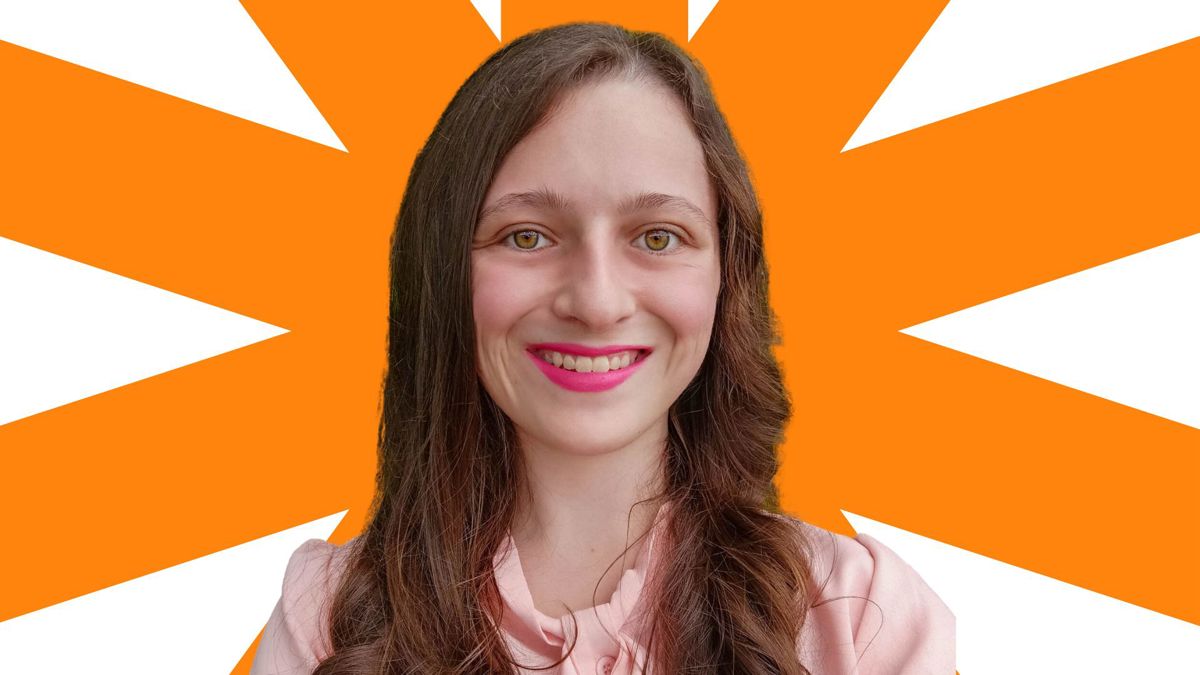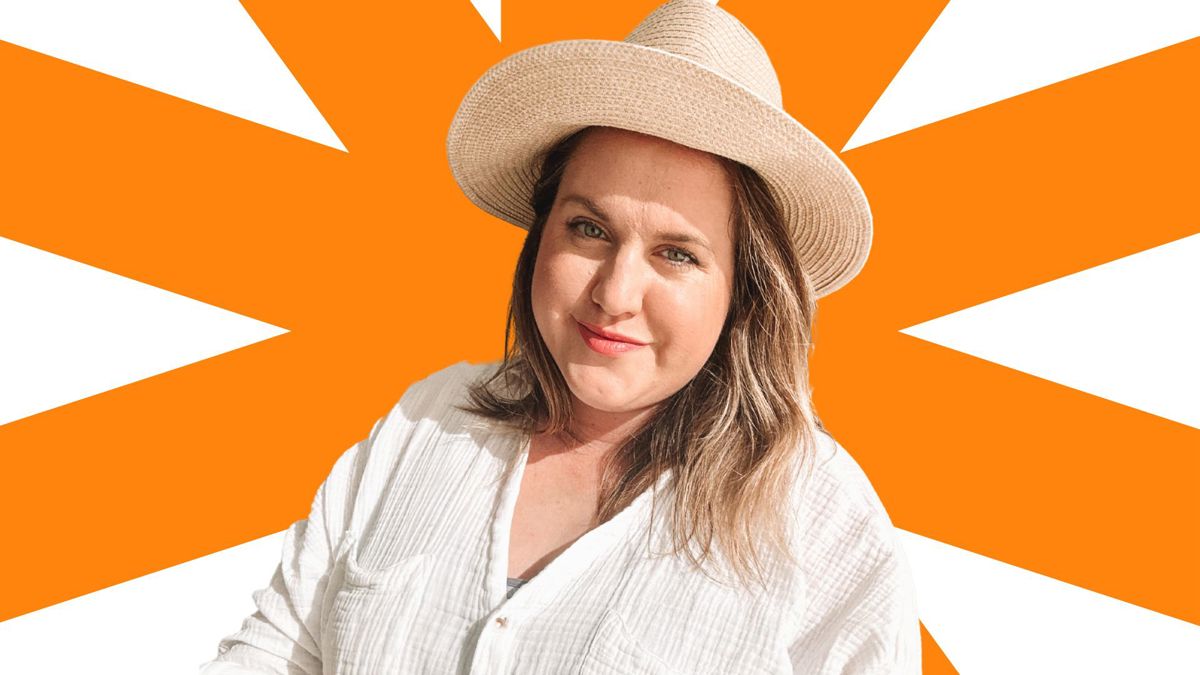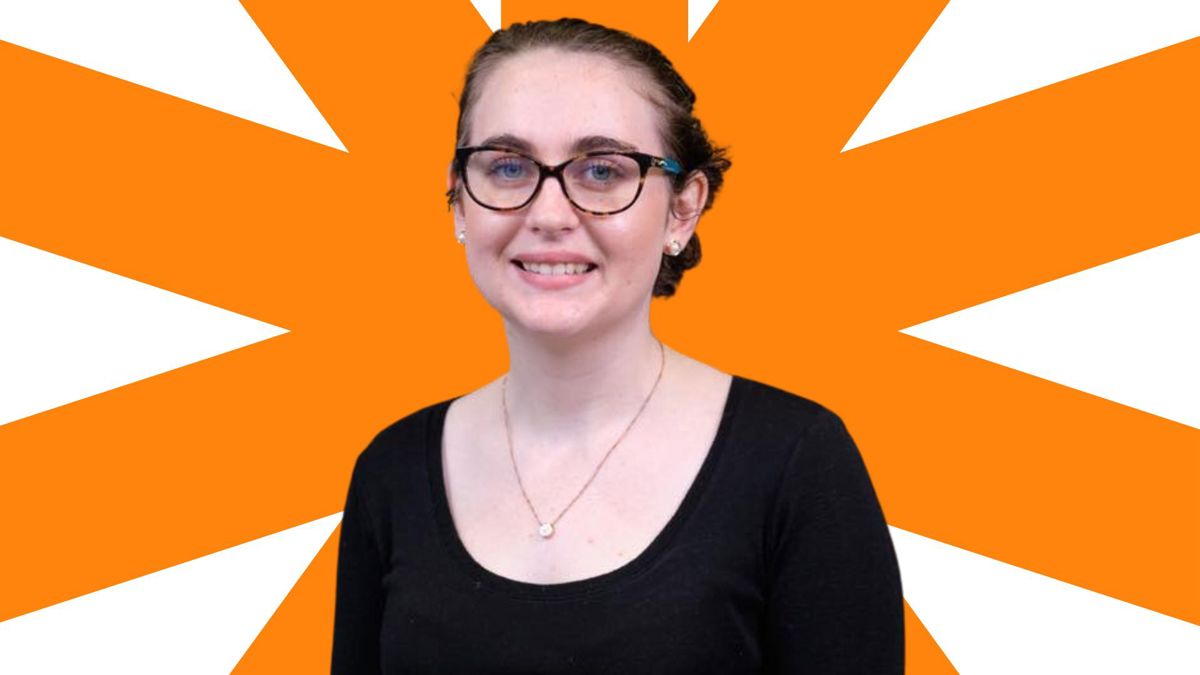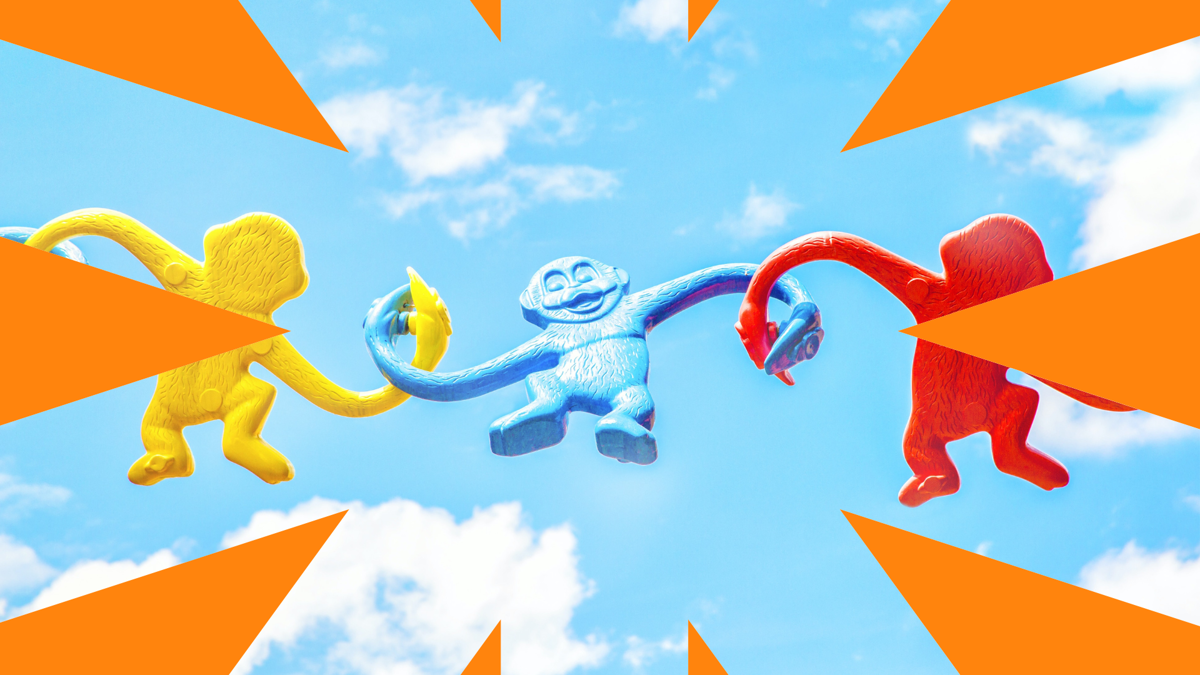Now that the final report has been published, here's a disability-focused summary of what's happened throughout the investigation and what might happen next.

How discovering language to describe fluctuating disabilities helped Melissa Irving find herself and her people.
I used to wrestle with feeling like I couldn’t identify as disabled. Despite living with a combination of various health conditions, I don’t currently need to use a mobility aid and my symptoms don’t always affect my ability to participate in activities. But after discovering the term dynamic disability by chronically ill advocates on Instagram, my road to acceptance has been much smoother. The catalyst which led me to openly identifying as disabled stems from ongoing exposure to a number of exceptional disabled, chronically ill, and neurodivergent advocates who champion the validity of dynamic disabilities.
...after discovering the term dynamic disability by chronically ill advocates on Instagram, my road to acceptance has been much smoother
While the term dynamic disability has been increasing in prevalence in recent years, it is still a lesser known concept, particularly to those of us who are new to the community. Coined by Brianne Benness, the chronically ill host of the podcast No End In Sight, the term has been used since 2019. To be dynamically disabled is to live with a condition where the type or severity of symptoms fluctuate, which can cause a person’s abilities to change over time. It is a gentle opposition to the concept of a static disability, which generally doesn't fluctuate as much throughout a person's life. The term also encompasses people who live with chronic illnesses or neurodivergence that may feel like they are not 'disabled enough' to claim it as part of their identity. Benness aspired to challenge the binary understanding of disability, wherein somebody is either non-disabled and healthy or they have an impairment which doesn't really change over time. The term has become an important tool for promoting further inclusion within the community. It has also been powerful in validating people who live with a chronic condition that has varying levels of severity or disability.
Image description: Melissa, a woman with long brown hair, is facing the camera and smiling. She is wearing pink lipstick and a peach-pink blouse.

The fluid nature of dynamic disabilities mean your experience, presentation, and access needs can differ over time. A person who lives with one may have 'good' days with less severe or minimal symptoms, allowing them to participate in social events, work, hobbies, or athletic pursuits. In contrast, when they experience a moderate or severe symptom flare up, their physical or mental abilities can be affected. This may result in them having to use mobility aids, withdraw from commitments, take sick leave from their employment, and potentially cause them to be periodically housebound or spend long periods of time in bed. Dynamic disabilities are a spectrum, where every person can have a different experience of the same condition. Symptoms that may be manageable for one person in their usual daily commitments and work, may require another to need more accommodations and understanding.
Despite living with several illnesses and neurodivergence for most of my life, I have only identified as a disabled woman since 2019. Currently, I live with fibromyalgia, endometriosis, chronic pelvic pain, migraine disease, ADHD, and major depressive disorder. I am also pursuing a diagnosis of hypermobility spectrum disorder or ehlers danlos syndrome. Discovering the concept of dynamic disabilities has closely paralleled my journey of embracing my disabled identity. One of the advocates who has been pivotal in helping me to overcome my conflicted feelings about identifying as disabled is Jessica Kellgren-Fozard. It has been incredibly beneficial for me to watch her videos which showcase a range of experiences. These include content that depicts vintage styling, outings, and holidays; through to videos of Kellgren-Fozard being house or bed bound with a debilitating symptom flare up.
Dynamic disabilities are a spectrum, where every person can have a different experience of the same condition
Natalie Robinson, talent manager at accessibility consulting agency All Is For All, also found it difficult to accept her disabled identity until she was introduced to the concept of dynamic disability. Robinson lives with several invisible illnesses, which include migraine disease, chronic pain, anxiety, and neurodivergence. However, she has faced disbelief, gaslighting, and stigma from many people throughout her life due to the changeable nature of her symptoms. She says this is often the result of their uninformed assumption that she can’t be that profoundly disabled if she has children, is employed, and also does freelance work. “It wasn’t until I met a pretty awesome human, Rebecca McDonald, did I finally accept that I am disabled. It was like an epiphany experience for me,” says Robinson. McDonald is a Paralympian and a communications consultant, along with being an advocate for inclusion and accessibility at All Is For All.
Robinson used to feel like there was no safe space available for her to thrive as a disabled person. Engaging with other disability advocates has been crucial in helping her to accept that, regardless of the fluctuating nature of her disabilities, she has a valid place in the community. Over time, Robinson has developed more acceptance of her disabled identity and the confidence to deal with the stigma surrounding invisible or dynamic conditions. This is embodied through her work as a disability advocate and being part of the team at All Is For All. She encourages other dynamically disabled people to not accept gaslighting from anyone, irrespective of the relationship they have with you, their status, or their qualifications. Your needs are important and no one has the right to deny you from requesting care or accommodations that help to improve your quality of life. “If someone does try to silence you, become the loudest person in the room, and push for your voice to be heard,” says Robinson.
Image Description: Natalie, a woman with blonde hair, is standing looking at the camera and smiling. She is wearing a straw hat and a white button-down linen blouse, with the sleeves rolled up to her elbows.

Another person who has experienced mixed feelings that accompany living with a dynamic disability, is casual lecturer and PhD candidate, Danielle Selman Julian. Julian lives with a number of dynamic disabilities, which include endometriosis, fibromyalgia, and myalgic encephalomyelitis/chronic fatigue syndrome (often abbreviated to ME/CFS). She is at a stage where she finds most of her disabilities manageable, but her outgoing personality doesn’t reflect the debilitating symptoms that she hides. Although Julian fears that she will “slip back” and experience a decline in her symptoms, her disabilities have taught her to pace herself. She feels that her mental health has improved, partly because of having to slow down and learn how to better manage her work or commitments. “I am really grateful that people have still accepted me for who I am, and have allowed me to take on opportunities despite these illnesses,” says Julian.
Julian is hopeful that people will become more aware of conditions like long Covid and that the government will consider and make changes that benefit everyone who has a dynamic disability. She also strongly advocates for identifying the values which matter most to you and figuring out how you can gradually embody them over time. “It is a very painful existence sometimes, it can be quite lonely; but there is a person inside of me that wants to dance on the street in the rain,” says Julian.
Image Description: Danielle, a woman with dark brown hair, is standing facing the camera and smiling. She is wearing glasses, a dainty pendant, and a black scoop neck, long-sleeved top.

Like many disabled people in the community, my path of acceptance is non-linear and intermingled with waves of grief. Living with the unpredictability of dynamic disabilities can feel like you are living in a paradox of joy and frustration, disappointment and determination, pain and resilience. I feel that grieving about the challenges and limitations that I experience at times isn’t inherently negative, provided that I don’t allow myself to linger for too long. It is understandable to become weary, distressed, angry, overwhelmed, or to encounter other complex feelings about living with a dynamic disability. Disability grief is often a non-linear, ongoing process that doesn’t always allow for closure or a return to the life that we envisioned and desperately yearn for. The dichotomy between being proud of one’s disabled identity and grieving the losses and challenges that come with that is very nuanced.
Although having mixed or difficult feelings about being dynamically disabled can be reasonably expected, it is important to figure out ways that you can better manage this over time. As chronic illness author Susan Sontag once wrote: “I must change my life so that I can live it, not wait for it.” When I find myself floundering emotionally, I seek out writing from chronically ill and neurodivergent people. Their work is often influenced in some way by acceptance and commitment or dialectical behaviour therapy principles. One of my favourite writers whose work I seek out in times of solace is Daniell Koepke, a psychologist who lives with endometriosis. One of her many validating gems is the following passage: “I can show up in ways that are meaningful, even in this imperfect body that sometimes fails me; even in this body that often causes me pain. I have the capacity to connect and love and be loved; to create and express and share what’s important to me, even when my body changes, even when my mind disagrees, even when society tries to keep me small.” Immersing myself in these insights from disabled or neurodivergent advocates has been more powerful than conventional therapy at reconciling with my feelings. The promotion of collectivist nature within the disabled community spurs me to keep going when things feel a little too hard.
I can show up in ways that are meaningful, even in this imperfect body that sometimes fails me
Disability advocates who push back against the stigma or uninformed perceptions held in the wider community will erode this problematic narrative over time. I am optimistic that we will gradually see more acceptance of people who live with dynamic disabilities in the future. I shall leave you with this favoured passage by disabled author Molly McCully Brown (who lives with cerebral palsy): “But not all moments are the hardest ones, and maybe the point is simply this: that I am still alive, still in the business of heading somewhere, still a woman who can stumble, hurt, and want, and yes, be wanted. That there is no perfect reconciliation, only the way I hold it all suspended: wonderful, and hugely difficult, and true.“

Now that the final report has been published, here's a disability-focused summary of what's happened throughout the investigation and what might happen next.
By The D*List

A collection of voices from leaders within our communities on how they're feeling about the report and their hopes for the future.
By The D*List

While Whaikaha's funding changes have caused widespread concern, it's finally brought some important issues into the public discourse.
By Nicolina Newcombe
